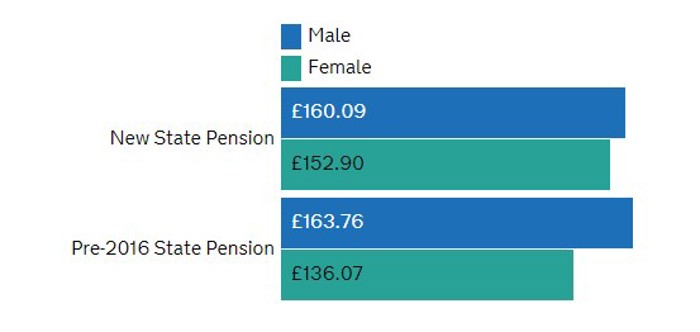New DWP
figures show dramatic drop in state pension gender gap – Steve Webb
Media centre
11 August 2020
New figures published today (11th August) by the DWP show a dramatic reduction in the gender pension gap between the old and new state pension systems. As shown in the chart below, for those who reached state pension age before 6th April 2016 and come under the ‘old’ state pension system, the average man is receiving nearly £164 per week and the average woman £136 per week, a gap of nearly £28 per week. But for those who come under the new state pension, the gap has fallen to around £7 per week - £160 for men v just under £153 for men.

The new state pension contains a number of features designed to improve the relative position of women. The two key differences are:
- The new system is based around a ‘flat rate’ whereas the old system has an earnings-related element (SERPS) which favoured those who earned more;
- The new system treats periods as a carer (such as bringing up children or caring for an elderly relative) more generously;
The new state pension system was introduced with no net overall cost which means that higher average pensions for women have in part been financed by lower average pensions for men.
Commenting, LCP partner Steve Webb said:
“Whilst any gender difference in pensions is unwelcome, it is very good to see that the 2016 reforms to the state pension are starting to make a real difference to women’s pensions. The fall in the state pension gender gap from around £28 per week to around £7 per week is very striking, and reflects the way the new system was designed. A year caring for a young child or an elderly relative now generates just as much state pension as a year running a FTSE 100 company, and this change has contributed significantly to reducing the gender pension gap”.
